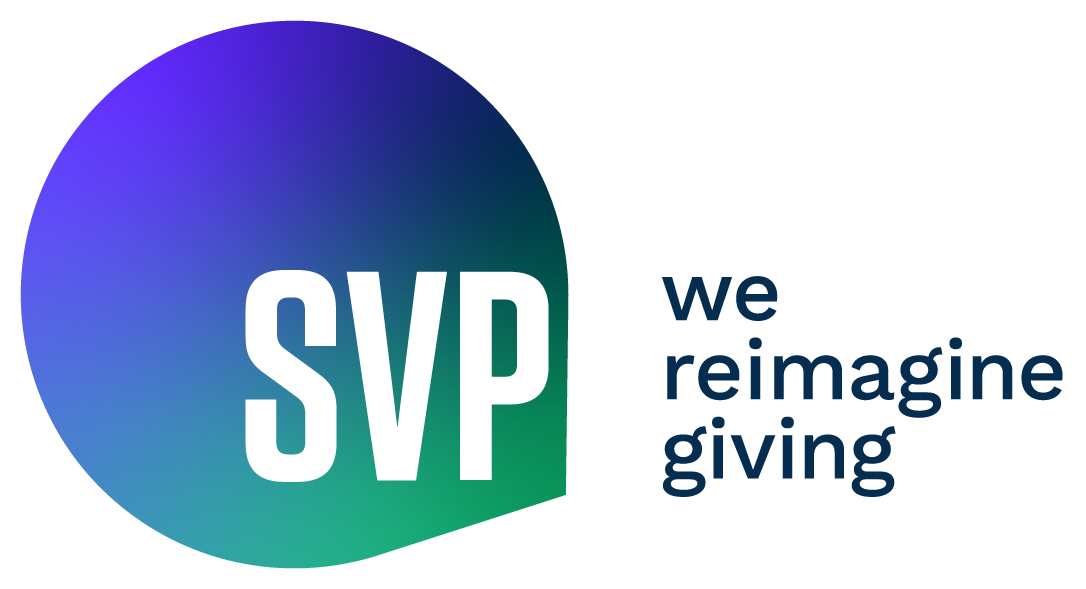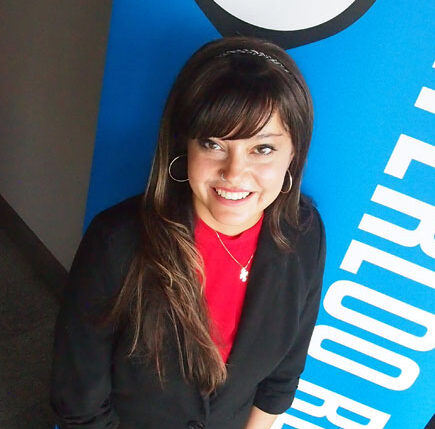Different Roads to the Same Destination: Scaling Shared Values instead of Methods. (PART 3)
At SVP, a set of shared values helps Affiliates connect and align around our global network. The final part of this series explores how Affiliates across the globe can use the value of collective action to reimagine giving and show by example how to leverage our collective network of philanthropists
This part 3 of our Scaling Shared Values series. Read parts one and two.
How can collective action inspire systems change?

Collective action is a simple concept with far-reaching implications. For me, collective action starts with recognizing that the problems we are facing are bigger than any one individual, so our solutions need to go beyond a single person or organization.
In a conversation with Marcus Walton of Grantmakers for Effective Organizations, SVPI CEO Sudha Nandagopal discussed how the principles of collective action could change philanthropy. They noted that conventional philanthropy works in silos, which can create a culture of burnout and isolation. When an organization takes it upon themselves to fix issues, they can close themselves off to points of view that could bring valuable perspectives and solutions.
In many ways, the culture of philanthropic work is as important as our programs. In traditional philanthropy, money is given to specialists who execute on the work. This reinforces a consumer approach to philanthropy where donors are prompted to view movements as a consumer good, where they can decide to write a check to the philanthropy they feel has the best product. The problem with this approach is that it leaves out frontline workers from being involved in decision making.
Collective action invites more people from a wider range of life experiences to shape systems. Pooled funds for community-directed projects, mutual aid programs, and neighborhood improvement collectives are all ways that relationship building and diversity of experience can open philanthropy to grow movements.
To that end, collective action is not a way of achieving systems change – it is systems change in and of itself. When we put aside the traditional ways of doing philanthropy, we change the philanthropic system to be more inclusive.
Question to ask yourself as you continue on your philanthropy journey:
How does your philanthropy practice collective giving and where are you leveraging democratized decision making to share power?


